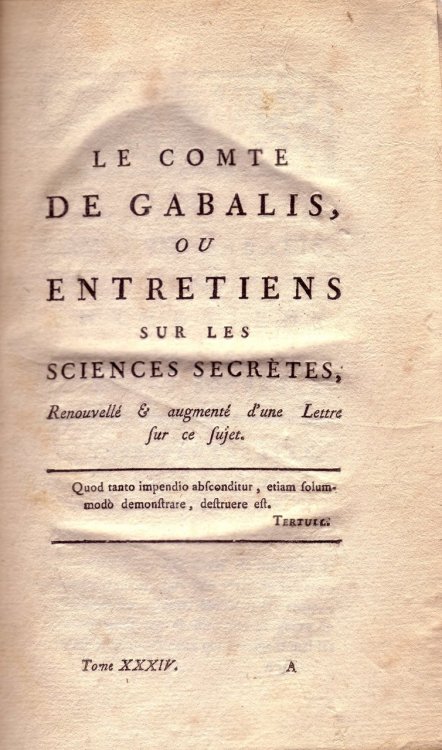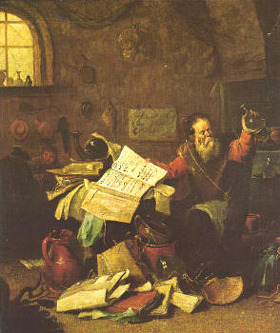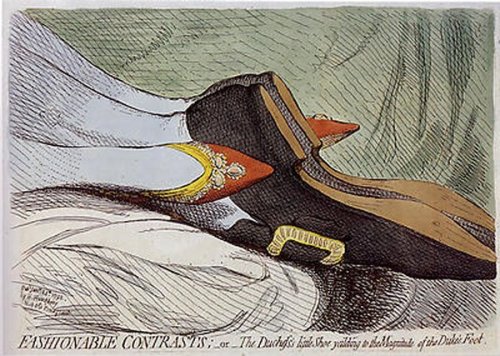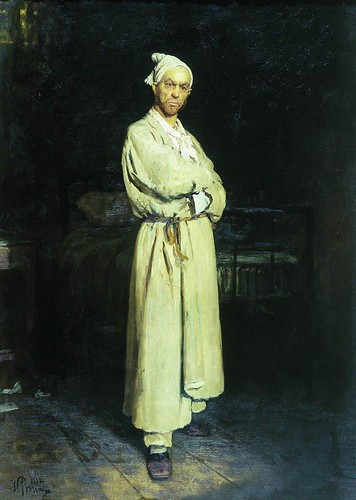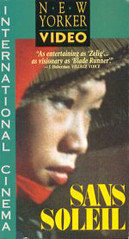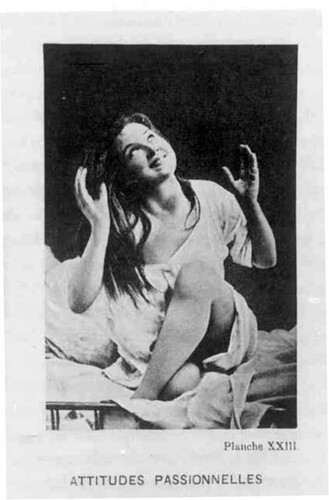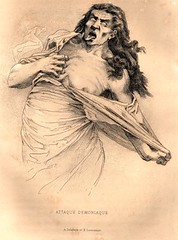Havelock Ellis @150
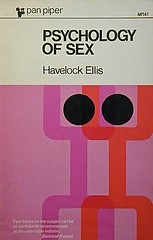
Pan Piper was an imprint of Pan Books
Havelock Ellis (February 2, 1859 – July 8, 1939) was a British sexologist, noted for his seven volume Studies in the Psychology of Sex and for his translation of Against the Grain by Joris-Karl Huysmans.
He was an astute observer, a quote I use regularly is:
What we call ‘Progress’ is the exchange of one nuisance for another nuisance. —Havelock Ellis

The sexologist and writer Havelock Ellis “looked like a tripartite cross between Tolstoy, Rasputin, and Bernard Shaw; was one of the many semi-pagan ideological nudists that England produced at the end of the nineteenth century; and never achieved full sexual arousal until his second wife urinated on him in his late middle age.” (Our Culture, What’s Left of it by Theodore Dalrymple)
His impotence and urolagnia
According to Ellis in My Life, his friends were much amused at his being considered an expert on sex, what with the fact that he suffered from impotence until the age of 60, when he discovered that he was able to become aroused by the sight of a woman urinating. Ellis named the interest in urination “Undinism” but it is now more commonly called Urolagnia.
His marriage
In November 1891, at the age of 32, and still a virgin, Ellis married the English writer and proponent of women’s rights, Edith Lees (none of his four sisters ever married). From the beginning, their marriage was unconventional; Edith Ellis was openly lesbian, and at the end of the honeymoon, Ellis went back to his bachelor rooms in Paddington, while she lived at Fellowship House. Their ‘open marriage‘ was the central subject in Ellis’s autobiography, My Life.
On sexual inversion
His book Sexual Inversion, the first English medical text book on homosexuality, co-authored with John Addington Symonds, described the sexual relations of homosexual men and boys, something that Ellis did not consider to be a disease, immoral, or a crime. The work assumes that same-sex love transcended age-taboos as well as gender-taboos, as seven of the twenty-one examples are of intergenerational relationships. A bookseller was prosecuted in 1897 for stocking Ellis’ book. Although the term homosexual itself is attributed to Ellis, he wrote in 1897, “‘homosexual’ is a barbarously hybrid word, and I claim no responsibility for it,” the hybridity in question being the word’s mix of Greek and Latin roots. Other psychologically important concepts developed by Ellis include autoerotism and narcissism, both of which were later taken up by Sigmund Freud.
On sadomasochism
A lot has been written on masochism, from Freud to Reik, but one of the best descriptions is by Havelock Ellis:
- “The essence of sadomasochism is not so much “pain” as the overwhelming of one’s senses – emotionally more than physically. Active sexual masochism has little to do with pain and everything to do with the search for emotional pleasure. When we understand that it is pain only, and not cruelty, that is the essential in this group of manifestations, we begin to come nearer to their explanation. The masochist desires to experience pain, but he generally desires that it should be inflicted in love; the sadist desires to inflict pain, but he desires that it should be felt as love….” — From an unidentified volume of Studies in the Psychology of Sex
Many of Ellis’s texts are featured at the public domain library Gutenberg.org. I do wish I could lay my hands on an indexed copy of Studies in the Psychology of Sex for a reasonable price. He is, I feel, an underappreciated writer.





